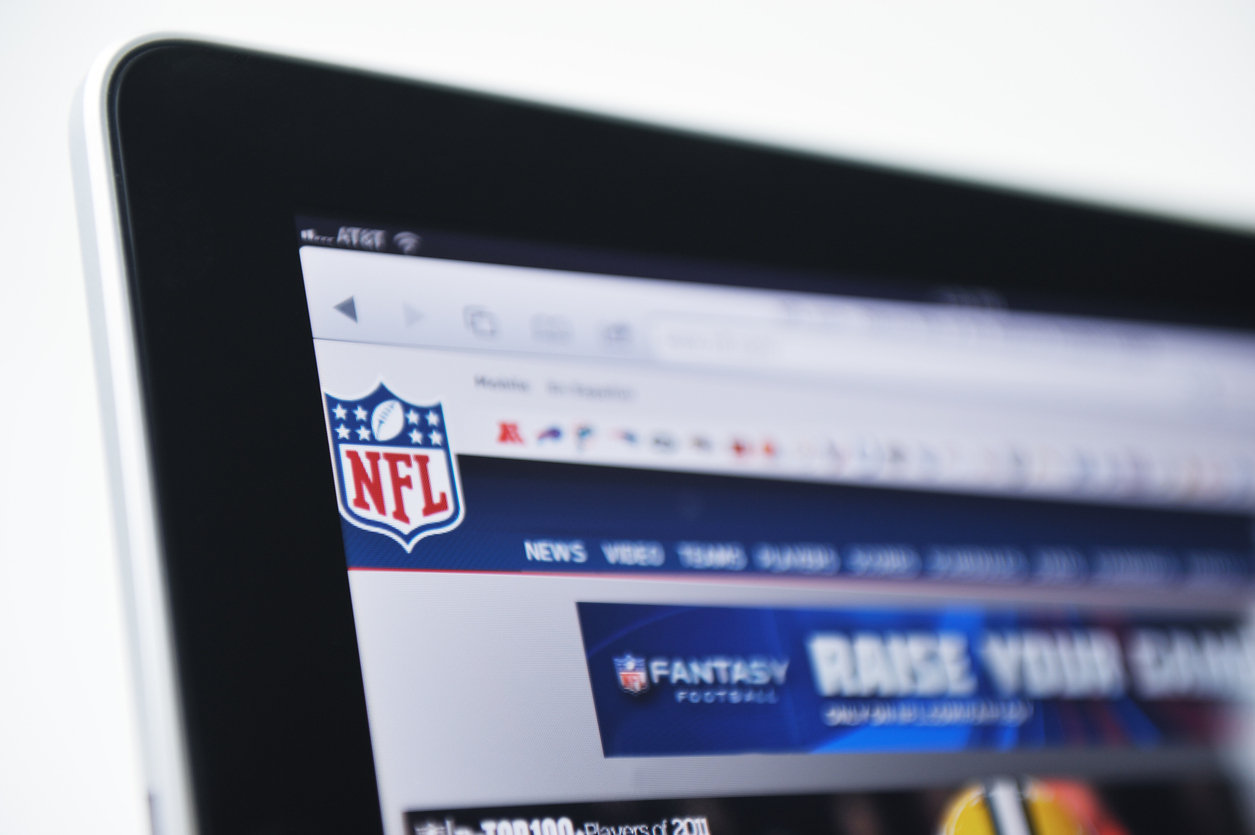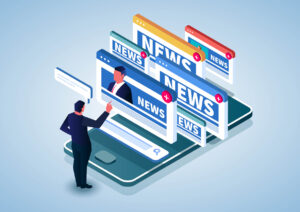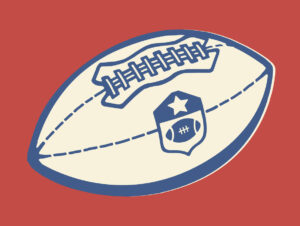What PR firms can learn from the NFL’s evolving messaging playbook
A look at how the league navigates controversy while growing its fanbase.

The NFL has grown beyond a sports league. Now, it’s a news outlet, a social media hub, and a key influencer for a range of social trends, including fashion and music.
“It’s a cultural phenomenon,” said Holden Hill, media relations supervisor for Taylor, a leader in the sports and entertainment PR industry that had worked with the NFL on various promotions.
Hill admitted that the NFL, and sports marketing in general, is unique. “That level of emotional investment is just really hard for most brands to cultivate, and it’s exceptionally rare to be able to leverage it as a PR professional.”
But there are still valuable lessons to learn from its approach, Hill said, namely its “relentless mission to reach, attract and engage with new audiences,” whether it’s through a social media campaign or an American football game played overseas.
Control the message
Despite its immense popularity, the NFL, like any brand, has faced challenges and controversies.
Ahead of the start of the season, the Washington Commanders fired its vice president of content following the release of footage of him calling players “dumb as all hell” and referring to fans as “high-school-educated alcoholics.” And this week, a woman came forward to allege that Cleveland Browns quarterback Deshaun Watson sexually assaulted her in the past.
To tackle these difficult PR situations, the NFL has developed a careful strategy that not only aims to alleviate fears of advertisers but to keep and attract fans.
Dan Lobring, whose past experience includes serving as senior director of the Chicago Fire in Major League Soccer, highlighted the NFL’s shift towards a more modern, proactive approach to addressing controversies, while still maintaining its reputation as a tightly controlled, message-aligned organization.
In the Watson situation, the league directed Browns coaches and players to refer reporters to general, factual statements about Watson’s status that the league and team released. No more, no less.
“We will respect the due process our legal system affords regarding the recently filed civil suit and follow the NFL’s guidelines on this matter,” the Browns statement reads.
When faced with negative headlines, PR pros should focus on quick, decisive action coupled with clear communication to establish or rebuild trust.
“Clearly, this is something that the NFL is really good at, and I would argue that it’s also true of the stronger performing teams, both in and out of sports,” said Lobring, currently senior vice president at Chicago-based Stretch PR.
There is no offseason
The NFL is always on.
At one time, the league primarily focused on promoting its on-field product. But over the years, its strategy has evolved to be year-round, according to Jackie Reau, CEO of Game Day Communications, a sports and event-centric PR firm founded by former ESPN anchor Betsy Ross.
The league has adopted a multi-channel approach to PR including its own television network, social media channels and its own reporters who cover games. The league also maintains strong relationships with broadcast networks, influencers and major advertisers, ensuring constant visibility.
One of the most notable examples of that was last year when the NFL’s ability to parlay Taylor Swift’s relationship with Kansas City Chief tight end Travis Kelce. Swift’s fans might not have previously been traditional football fans, but the league was able to align itself with her brand and introduce itself to a younger, largely female audience, and that strategy has paid dividends.
A regular-season matchup between the Kansas City Chiefs and New York Jets that Swift attended drew 27 million viewers — making it the most-watched Sunday TV show since the last Super Bowl.
PR pros can learn to build and sustain narratives that extend beyond a single event or campaign, ensuring constant engagement with their audience.
“(The NFL’s) PR success comes from a combination of controlling its narratives, leveraging star power, and owning key moments like the Super Bowl,” Reau said.
New ways to ‘protect the shield’
The heart of the NFL’s PR strategy has long been to “protect the shield” – a mantra that emphasizes the league’s brand and reputation above all else.
One way they’ve done that, Lobring said, is by making it clear who the designated spokesperson is for a given situation. In many cases, that’s Goodell, such as during the announcement of the NFL’s plans for international expansion, as well as its decision to allow private equity to take up to 10% ownership of teams.
Having clear spokespeople allows for better agreement and consistency of the messages being delivered.
“With any high-performing team, or unified team, you have clear lines of communication, as well as a clear chain of command in terms of communication,” Lobring said.
This commitment to the fundamentals of good PR – consistency and clarity of message, and consistency and clarity of who is delivering that message and to what audience – is good advice for those who work outside of the NFL, too, Lobring said.
Casey Weldon is a reporter for PR Daily. Follow him on LinkedIn.







